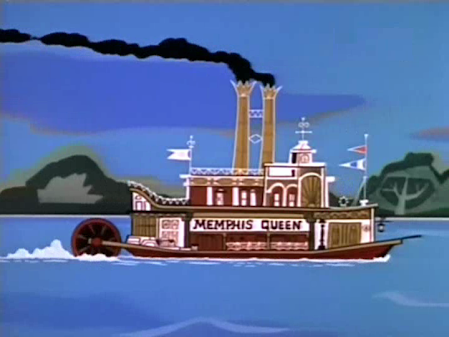Creative Strategy and the Creative Process
(part A)
by
Charles Lamson
Formulating Advertising Strategy: The Key to Great Creative
Let's look at the advertising (or creative) strategy Vitro and Robertson developed for Taylor Guitar. Then we will see how they translated that into a message strategy and a big idea, and, finally, into effective ads.
 |
Advertising strategy consists of four elements: the target audience, the product concept, the communications media, and the advertising message.
What is Taylor Guitar's target audience? Taylor's target audience comprises consumers, and centers of influence. Resellers (or retailers) are Taylor's primary market---that is who the company sells to. So Taylor definitely wants them to see its advertising. Because Taylor guitars are handcrafted from the highest quality of materials, they command premium prices. Therefore, the primary target audience also includes a segment of the retailer's customers---serious musical enthusiasts who play acoustic guitars and are willing to spend $2,000 to $5,000 for a superior instrument. Professional guitarists typically circumvent the normal distribution channels, so there was no reason to include them in the target market. However, they may act as centers of influence (or key influentials), in which case they would be a secondary target audience for the advertising.
What is Taylor Guitar's product concept? Taylor's acoustic guitars are top-quality, handcrafted musical instruments made from the finest woods available. They are designed and constructed differently from other guitars, which gives them a unique, distinguishable sound quality---a certain ring in the tone---that customers like. In other words, there is something special about a Taylor guitar that makes it worth more.
What communications media does Taylor use? The company has a small budget and uses limited media. It advertises in special-interest consumer magazines targeted to well-defined segments of the guitar enthusiast market. The magazines offer high-quality reproduction and color and are read by members of the trade as well as professional musicians. The company also produces high-quality brochures and price lists that detail the instruments' features and construction.
What is Taylor Guitar's advertising message? In its simplest terms, message strategy is determined by what a company wants to say and how it wants to say it. Although Taylor was well-known in the trade for ts quality guitars, the word was not filtering down to the larger guitar-buying public. The goal (or message objective) was to get prospective customers to ask for the Taylor name when they shopped for a guitar. To accomplish this, the ads had to exude an aura of quality. So the agency creative team chose a message strategy that was simple yet thoughtful, entertaining, credible, and most of all, distinctive.
The agency and client team must understand and agree to these four elements of the advertising strategy---target, product, media, and message---before any creative work begins. In most agencies, the account management group is responsible for developing the advertising strategy. In some large agencies, account planners spend a great deal of time researching the market. Then they compare the advertising strategy with input from, and the approval of, account management. When the strategy-development task is completed, the account people prepare a creative brief to communicate the strategy to the creative department.

Writing the Creative Brief
With the overall advertising objectives and strategy determined, the account managers (or often, account planners) write a brief statement of the intended advertising strategy. The creative brief serves as the creative team's guide for writing and producing the ad. In some agencies, it may be referred to as a copy platform, a work plan, or a copy (or creative) strategy document. Regardless of the name, it is a simple written statement of the most important issues to consider in the development of the ad or campaign: the who, why, what, where, and when.
Procter & Gamble and Leo Burnett use a simple creative brief with three parts.
Elements of Message Strategy
The creative team is responsible for developing creative ideas for ads, commercials and campaigns and for executing them. From the information given by the account team (in the creative brief) and any additional research it may perform, the creative team develops the message strategy. This may actually occur before, during, or after the creative process of searching for the big idea.
The message strategy (or rationale) is a sample description and explanation of an ad campaign's overall creative approach---what the advertising says, how it says it, and why. The message strategy has three components:
The message strategy helps the creative team sell the ad or the campaign concept to the account managers and helps the managers explain and defend the creative work to the client. Of course, the message strategy must conform to the advertising strategy outlined in the creative brief or it will probably be rejected.
In the development of message strategy, certain basic questions need to be answered: How is the market segmented? How will the product be positioned? Who are the best prospects for the product? Is the target audience different from the target market? What is the key consumer benefit? What is the product's (or company's) current image? What is the product's unique advantage? At this point, research data are important. Research helps the creative team answer these questions.
*SOURCE: CONTEMPORARY ADVERTISING 11TH ED., 2008, WILLIAM F. ARENS, MICHAEL F. WEIGOLD, CHRISTIAN ARENS, PGS. 373-377*
END
|

No comments:
Post a Comment